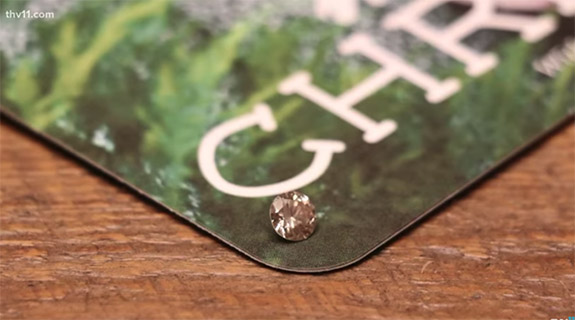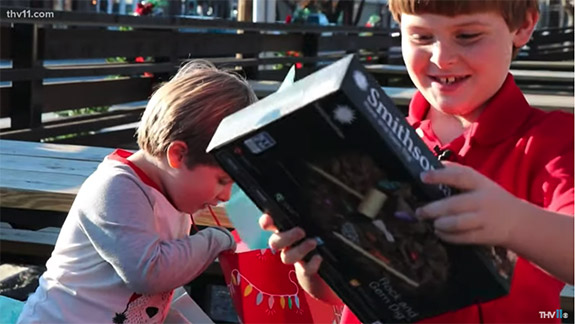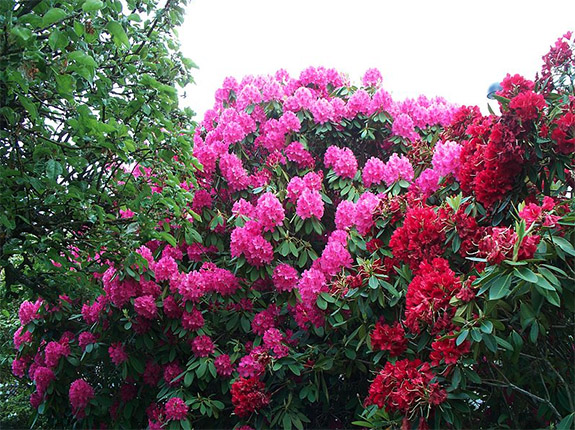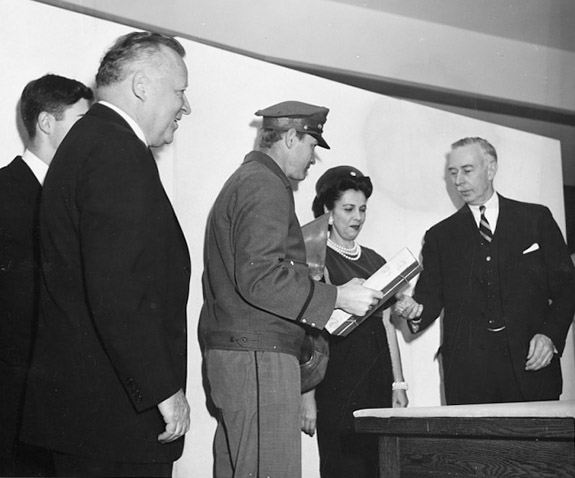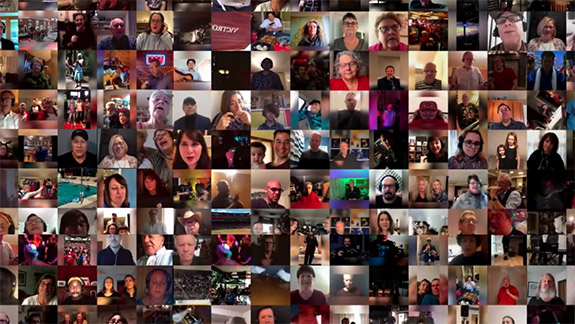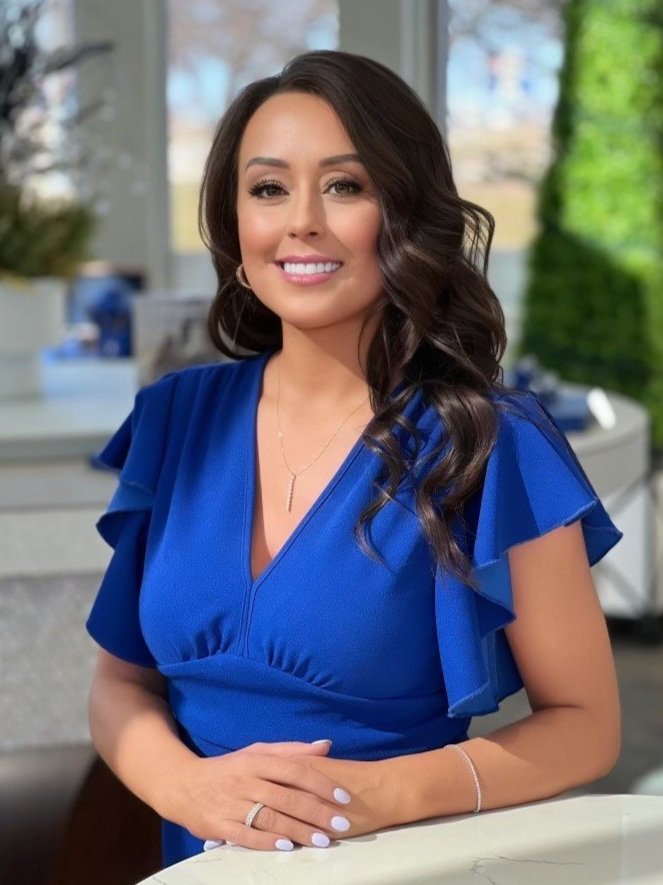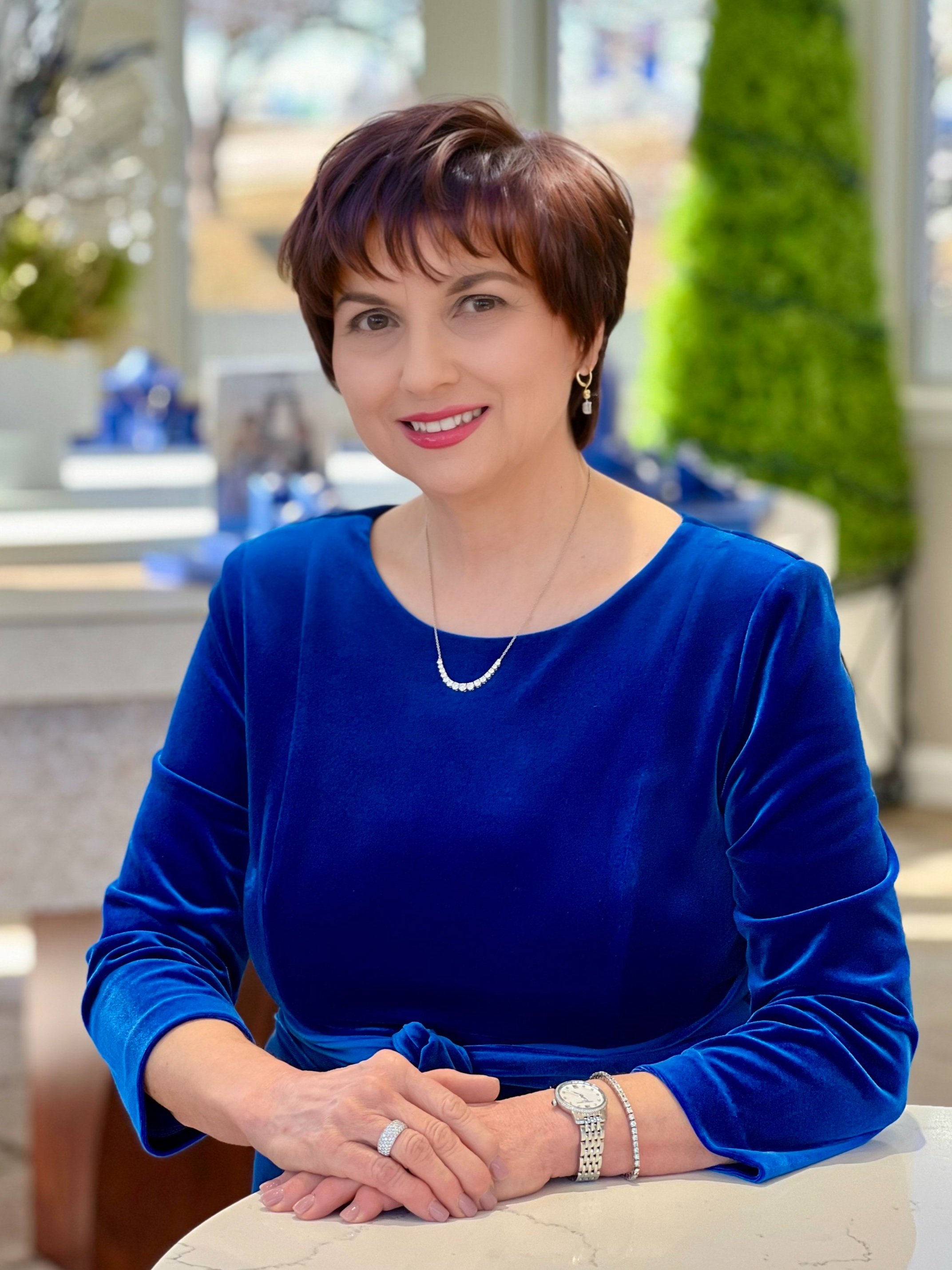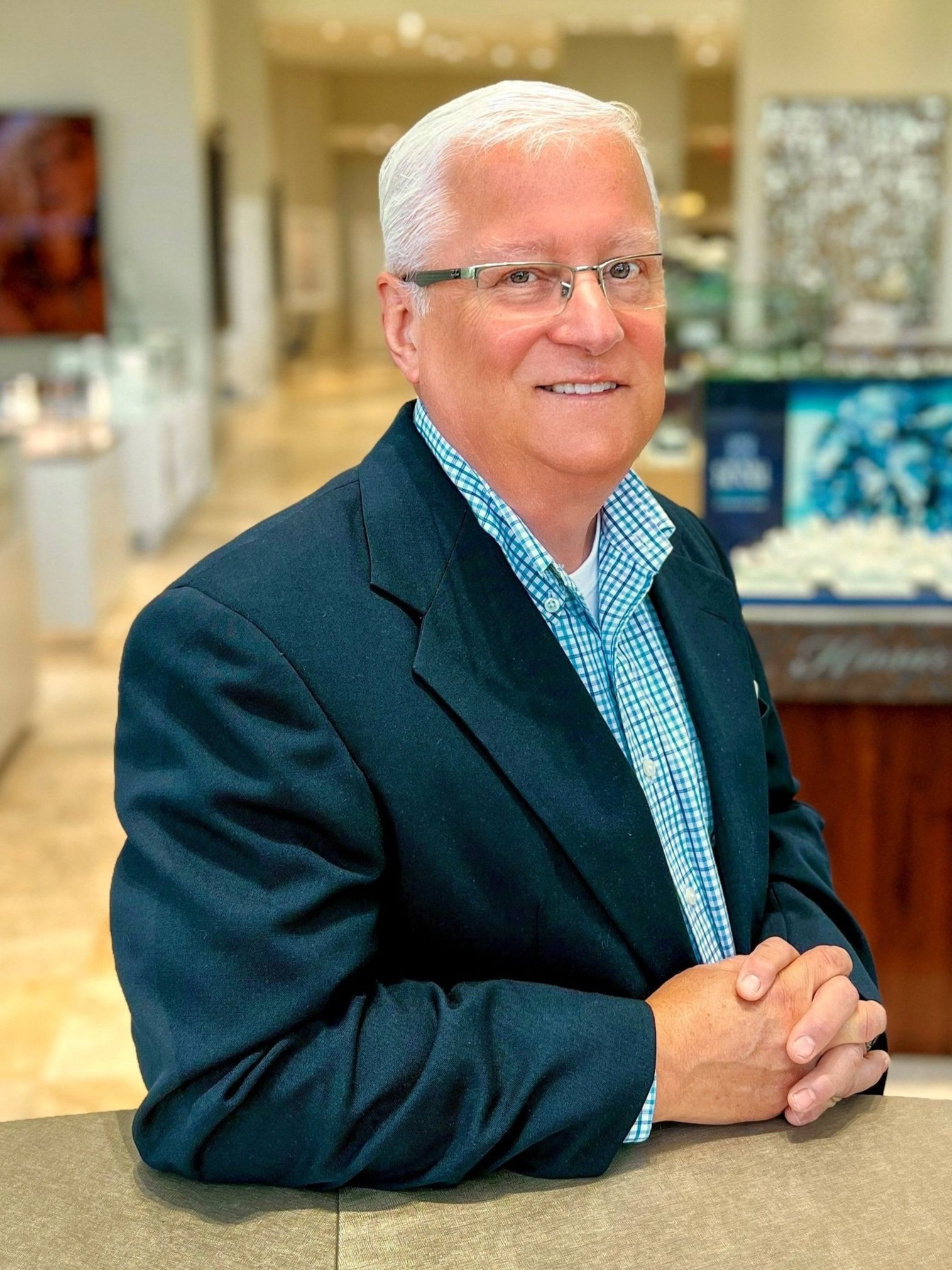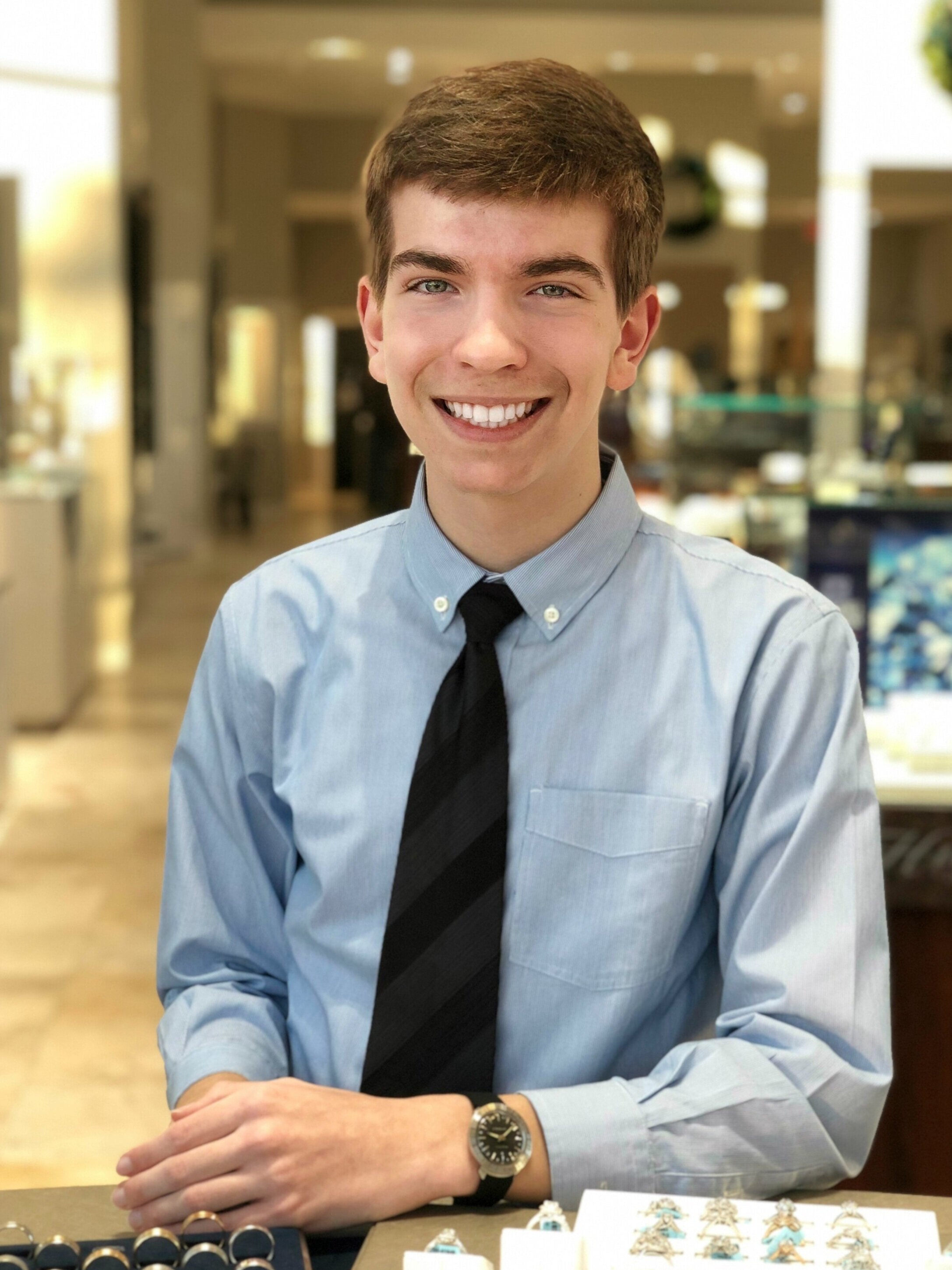Welcome to Music Friday when we bring you fabulous songs with jewelry, gemstones or precious metals in the title or lyrics. Today, pop star Selena Gomez drives home a message of self-empowerment and self-worth in her Latin-infused 2020 release, "Ring."
In the song, the 28-year-old former Disney Channel actress turns up her nose at insincere suitors because she's "one in a billion." Diamond and jewelry references amplify her sentiments, and, at one point, she even compares herself to basketball legend Miichael Jordan — the G.O.A.T. (greatest of all time).
She sings, "I'm breakin' hearts like a heart attack / Got him right where the carats at / Wrapped 'round my finger like a ring, ring, ring / They just like puppets on a string, string, string."
Written by Gomez and five collaborators, "Ring" has been compared favorably to Camila Cabello's "Havana," Gotye's "Somebody That I Used to Know" and Santana's "Smooth."
The song appeared as the fifth track on her chart-topping, third solo studio album, Rare. It was the third time in a row that a Gomez album reached #1 on the US Billboard 200 Albums chart.
Born in Grand Prairie, TX, in 1992, Gomez and her teenage mom struggled financially. The singer tells the story of walking with her mom to the local dollar store to buy spaghetti for dinner.
Gomez competed in pageants as a child, but her life would change dramatically when she was cast as a 7-year-old on the children's TV series Barney & Friends. After she aged out of that series, she earned a cameo role in the film Spy Kids 3-D: Game Over. That opportunity opened the door to a starring role in 2007 on The Wizards of Waverly Place. At age 16, she signed a recording contract with Hollywood Records, the same label that signed Miley Cyrus and Demi Lovato.
Today, the singer's net worth is said to be at least $75 million. She was named to the "Forbes 30 Under 30" list at the age of 23.
In 2017, Gomez underwent a kidney transplant due to lupus complications and now she speaks publicly about her treatment and recovery.
"I've gone through a lot of medical issues," Gomez told Interview magazine, "and I know that I can reach people who are going through similarly scary things — an organ transplant, or being on dialysis, or going away for treatment."
Trivia: Gomez loves everything about pickles. She revealed on a UK talk show that she's obsessed with them. "That is my thing and I drink the juice from the jar too," she said. "They sell them at gas stations and movie theaters in Texas. I go to the movies and have popcorn and pickles."
Please check out the audio track of Gomez performing "Ring." The lyrics are below if you'd like to sing along…
"Ring"
Written by Selena Gomez, Sean Douglas, Julie Frost, Breyan Isaac, David Ciente and Nolan Lambroza. Performed by Selena Gomez.
You all in your feelings, baby, all into me
I'm one in a billion, baby, don't you agree?
Obviously, you know, I'm aware of that
I'm breakin' hearts like a heart attack
Got him right where the carats at
Wrapped 'round my finger like a ring, ring, ring
They just like puppets on a string, string, string
I put it down, they call me up
They doin' way too much
So I'll just let it ring, ring, ring (Oh-oh)
Yeah, I received your message, all twenty-three (Twenty-three)
You know I'm Jordan with it, G-O-A-T (G-O-A-T)
Obviously, you know, I'm aware of that
I'm breakin' hearts like a heart attack
I got him right where the carats at (Yeah)
Wrapped 'round my finger like a ring, ring, ring
They just like puppets on a string, string, string
I put it down, they call me up
They doin' way too much
So I'll just let it ring, ring, ring
Wrapped 'round my finger like a ring, ring, ring
They wanna give me everything, thing, thing
I put it down, they call me up
Oh, no, no, no, no, no
So I'll just let it ring, ring, ring
Circlin' me, they just like satellites (Ooh)
Circlin' me all day and every night (Ooh, yeah)
Circlin' me, I'm sure you sympathize (Ooh)
A-la-la-la-la-la-la-la (Ooh)
Oh, na-na
Wrapped 'round my finger like a ring, ring, ring
They just like puppets on a string, string, string
I put it down, they call me up
They doin' way too much
So I'll just let it ring, ring, ring
Wrapped 'round my finger like a ring, ring, ring
They wanna give me everything, thing, thing
I put it down, they call me up
Oh, no, no, no, no, no
So I'll just let it ring, ring, ring
Credit: Image by Lunchbox LP, Culver City, California, CC BY 2.0, via Wikimedia Commons.






